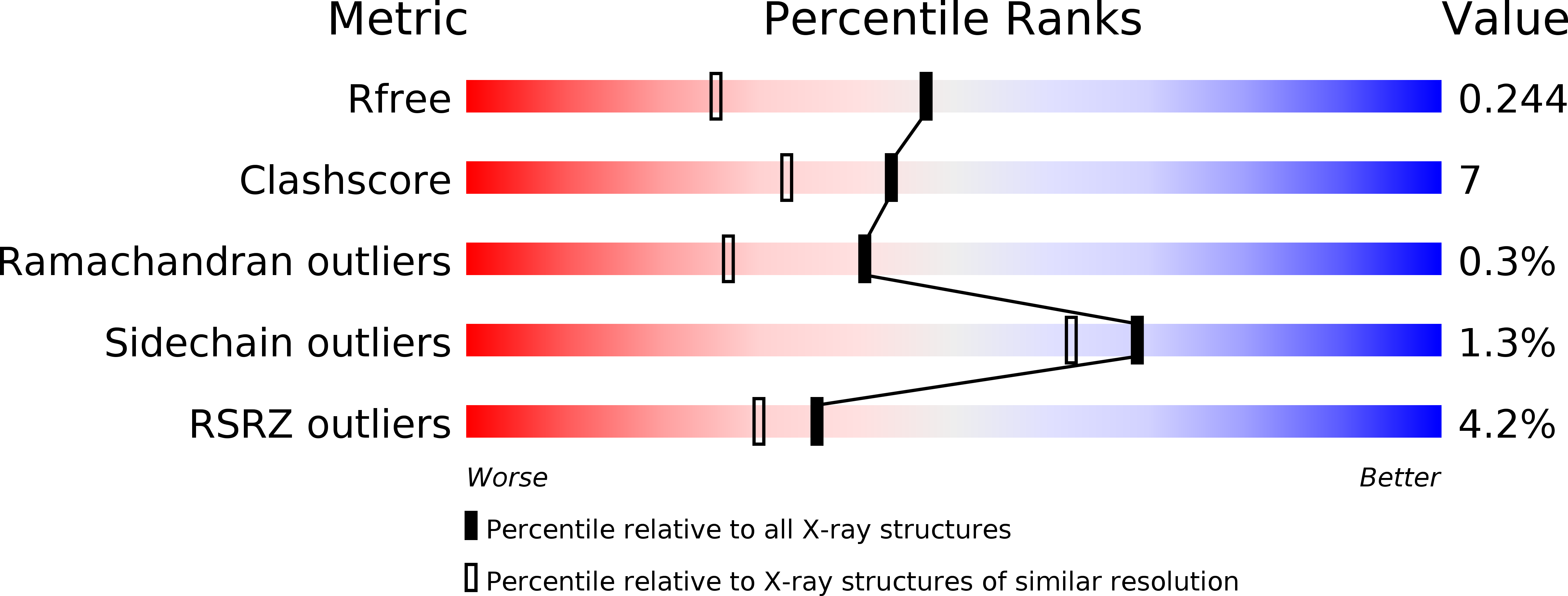
Deposition Date
2006-05-18
Release Date
2006-07-04
Last Version Date
2024-10-09
Entry Detail
PDB ID:
2H26
Keywords:
Title:
human CD1b in complex with endogenous phosphatidylcholine and spacer
Biological Source:
Source Organism:
Homo sapiens (Taxon ID: 9606)
Host Organism:
Method Details:
Experimental Method:
Resolution:
1.80 Å
R-Value Free:
0.24
R-Value Work:
0.20
R-Value Observed:
0.20
Space Group:
P 21 21 21


